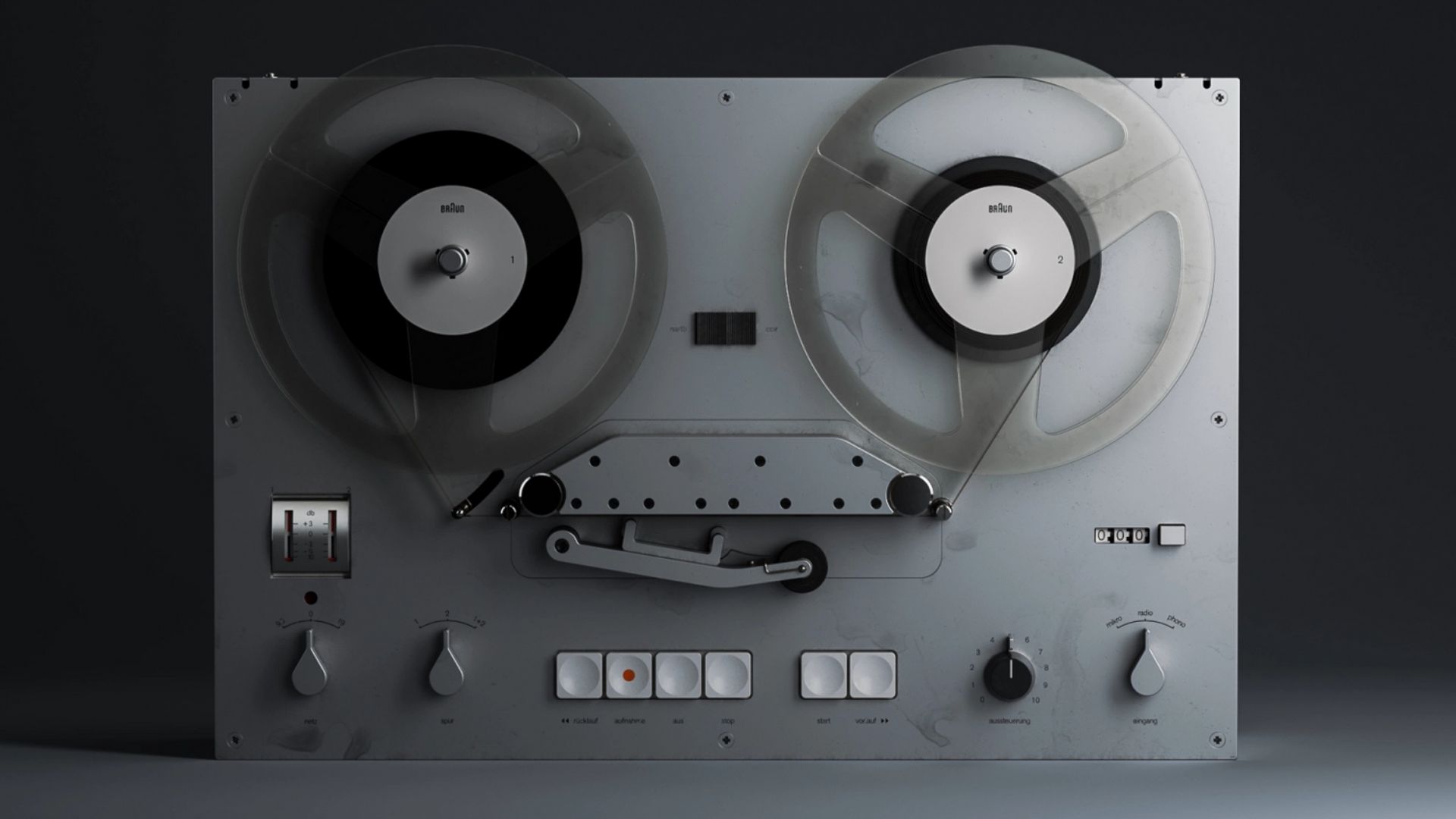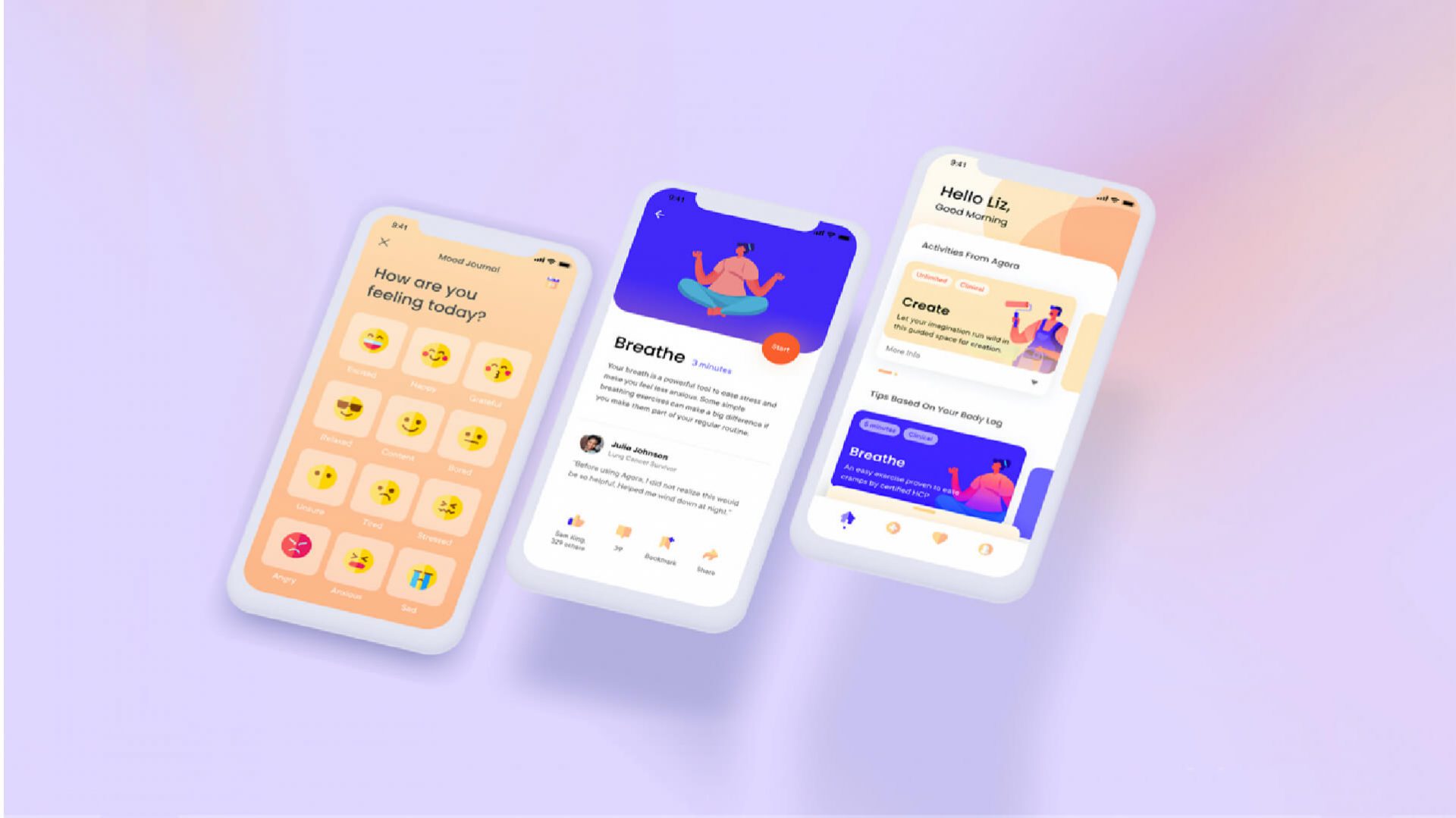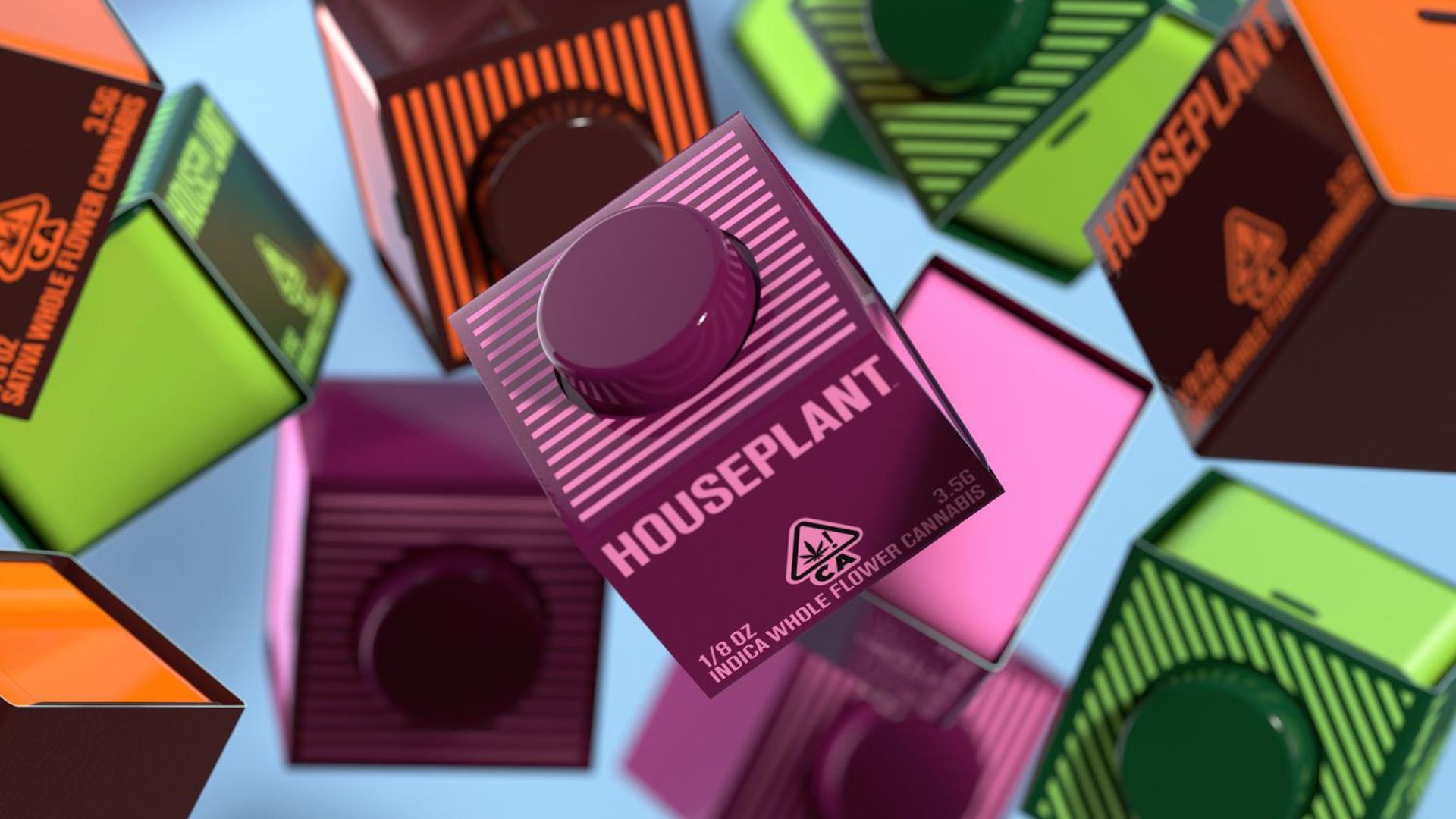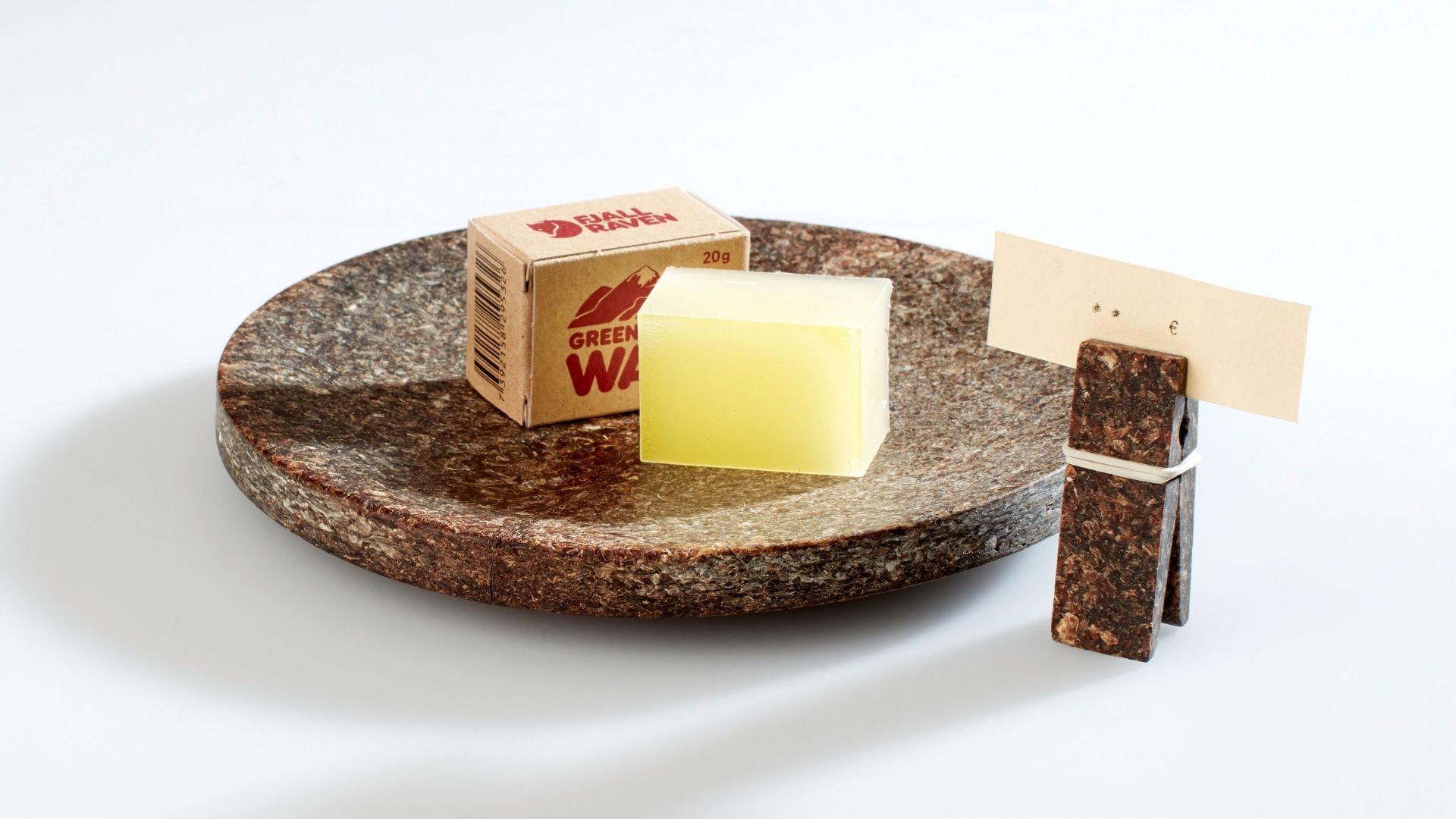Meet the six finalists of the Lexus Design Award 2022 designing a better tomorrow
Lexus continues its support of next-generation creators on a quest to improve the world. Introducing the six finalists of the tenth edition of the Lexus Design Award.

The Lexus Design Award‘s six finalists were selected out of 1,726 entries from 57 different countries and regions by an elite panel of design experts including Paola Antonelli, Anupama Kundoo, Bruce Mau and Simon Humphries. Their submissions were chosen for their original solutions contributing to a better tomorrow while responding to the Lexus brand’s three core principles – Anticipate, Innovate, and Captivate – while seamlessly enhancing the happiness of all which serve as the judging criteria for the awards program.
The six finalists, selected in January of this year, highlight the creative interplay between design and technology, from biodegradable packaging solutions to original devices that hope to alleviate the suffering of those with conditions including auditory and visual processing disorders and dementia.
Gallery
Open full width
Open full width
Through one-on-one mentorships with globally recognised designers (Lisbon-based contemporary designer Sam Baron, American product designer Joe Doucet, Beijing-based architect Yosuke Hayano, and Dutch designer Sabine Marcelis) each finalist is currently being given the opportunity to fund and build their prototype. They will be guided in the surmounting challenges on the way to their fully-refined proposals in a once-in-a-lifetime experience that is certain to impact each finalist’s career on the international design stage. Get to know the outstanding projects in a little more detail below.
Lexus Design Award 2022 – 6 Finalists:
Chitofarm by Charlotte Böhning (USA/Germany) & Mary Lempres, (USA/Norway) based in the USA
Centred on material-driven innovation and human-centric technologies, Charlotte Böhning and Mary Lempres, the co-founders of Doppelgänger, have developed a bioplastic version of polystyrene foam that is made from the exoskeleton of mealworms.

Called Chitofarm, it breaks down in soil in a couple of weeks and can be formed into cups, foam peanuts and other kinds of packaging The concept product offers a backyard-compostable alternative to traditional fossil-based expanded polystyrene (EPS), which often ends up in landfills.
It’s derived from a biopolymer called chitin that mealworms use to build their strong yet pliable exoskeleton, which the industrial design students created from mealworms living in their own homemade biodigester. Here, the studio disposed of their own polystyrene modelling foam and packaging.

They also plan to develop a food product from the protein-rich, plastic-eating mealworms, which would then be packaged in the mealworm bioplastic. Meanwhile, the project also anticipates the challenges of food scarcity and the build-up of microplastics within our ecosystems by highlighting the potential of edible mealworms.

“Mealworm farming has been highlighted in recent years as an environmentally sustainable solution to malnutrition, particularly in developing rural economies,” explains the duo. “Growing edible mealworms is affordable, low-resource, and space-efficient. The resultant food source is twice as protein-efficient as beef, with zero methane emissions. For our proposal, we would like to develop a mealworm protein product made from our plastic- eating mealworms and packaged in our backyard-compostable Chitofilm.”

Hammock Wheelchair by Wondaleaf, Malaysia
By combining features of a wheelchair, forklift, and hammock, Malaysian-based Wondaleaf has developed a simple solution that greatly reduces patient lifting during the transfer and moving process.

The patent-pending design comprises a cantilever wheelchair with two prongs, a piece of cloth with tunnel casings for the prongs to be inserted into, and an electric or hydraulic pump for height adjustment.
During transfer, the cloth is laid on the bed for the lying patient to roll onto. The cloth is then attached to the prongs and the swing arm is raised to sit the patient up. Then, the hammock is raised to lift the patient off the platform and rested on another.

The process can be purely mechanical for cheaper production, or electrical for ease of use. “As the world’s population ages, and family sizes get smaller, looking after a bedridden family member as a sole caregiver is becoming more common [but] the current patient lifting and transfer systems tend to be bulky, expensive and not user-friendly,” says Wondaleaf.

“To move a lying patient from their bed to a car seat, more than one transfer system is needed [so] we have developed a system wherein the cloth/hammock that the patient lies on stays with the patient during the transfer, and a wheelchair with two tiltable prongs that can lift the patient across all the common platforms the patient encounters.”
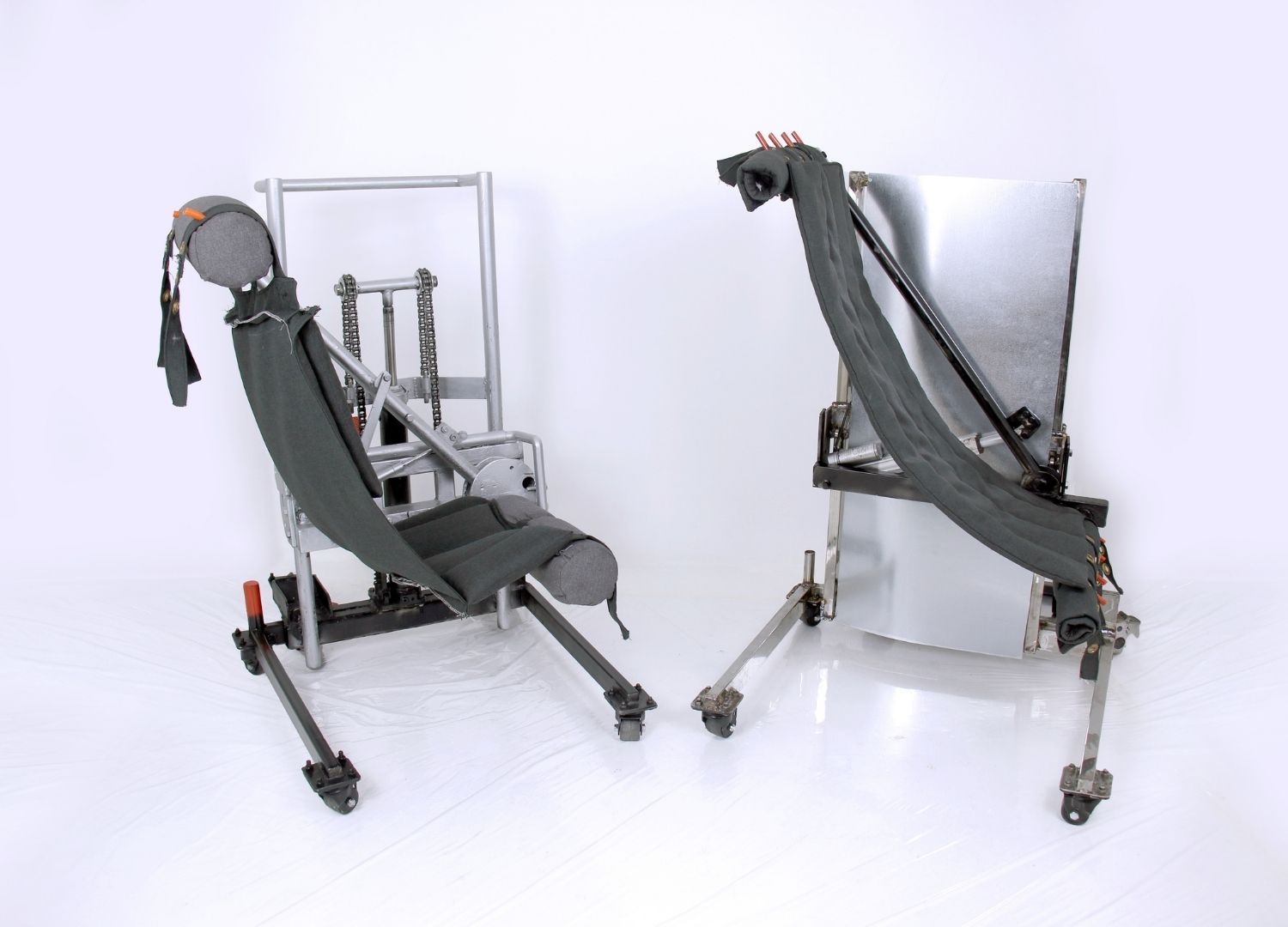
Ina Vibe by Team Dunamis, Nigeria
“Energy poverty still leaves millions of Nigerians dependent on unsustainable and unhealthy cooking and lighting practices [which] leads to respiratory illnesses, poor eyesight, and also imposes a substantial financial burden through the daily purchase of fuels like firewood, kerosene and charcoal,” explains Team Dunamis.

Team Dunamis is a group of Nigerian engineering students that have developed Ina Vibe, a lightweight, portable gas-powered cooking burner/stove with a thermoelectric generator that harnesses heat energy to generate sustainable, affordable and clean electricity, making it possible to cook, charge and light in a sustainable and healthy way.
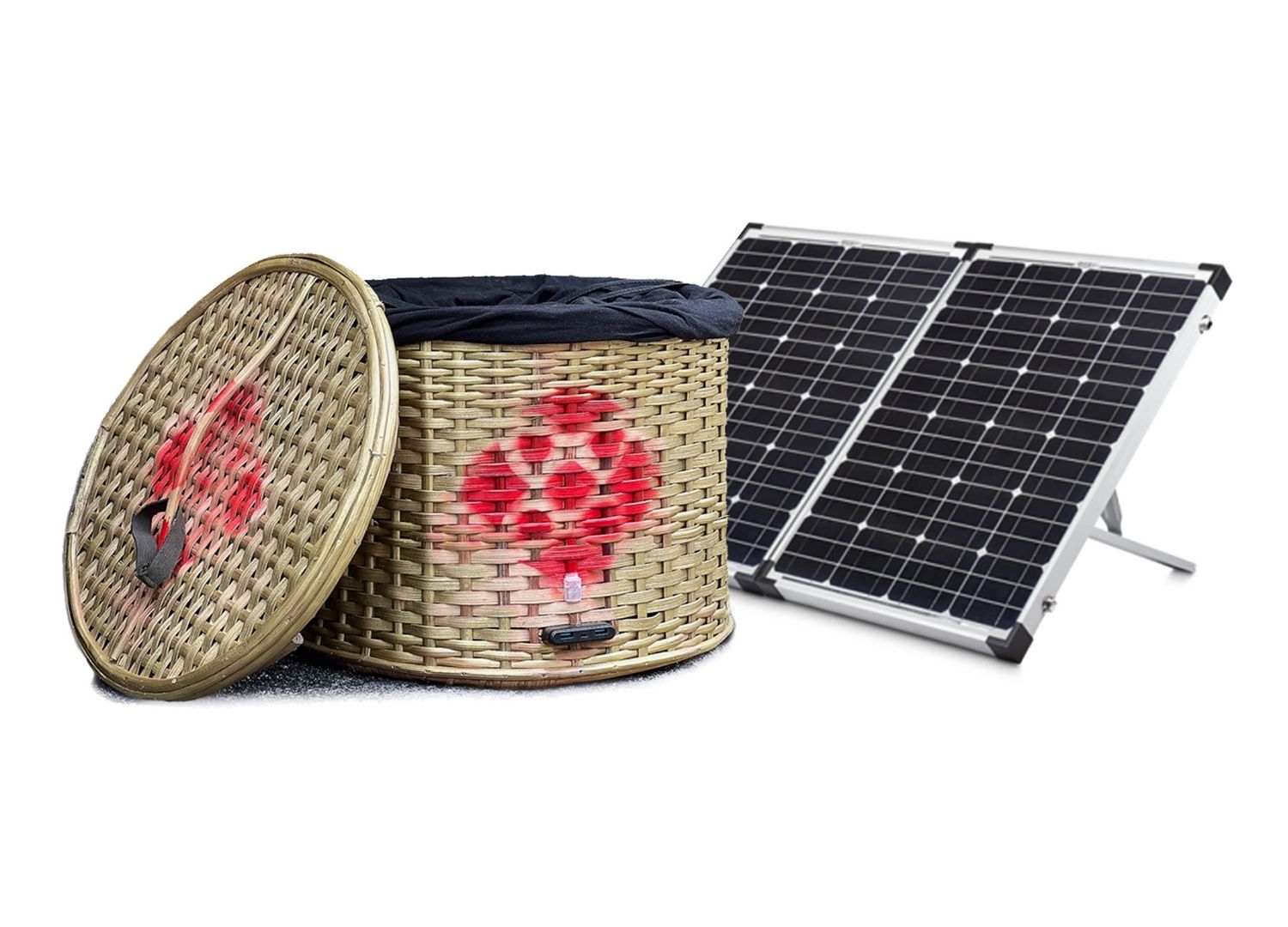
The project addresses a major humanitarian challenge by opening an option for sustainable energy products and services. “It will be tackling the two challenges of clean cooking and clean lighting,” says the team.

“Going by population size and energy demand, Nigeria is a perfect location to launch.”
“Our short-term goal is to introduce off-grid communities to cooking and lighting with cleaner energy. Our long-term goal is to serve as a launchpad to normalise the use of sustainable energy sources like hydrogen for cooking and electricity. This is a unique approach compared to the current solutions.”
Rewind by Poh Yun Ru, Singapore
Poh Yun Ru is a socially engaged product designer who seeks to create a positive impact on society by improving the lives of others.

With her project Rewind, she focuses on those suffering with dementia by engaging them in a platform that leverages multi-sensory stimulation to prompt meaningful recollection.
Designed to evoke memories, the cognitive stimulation tool exercises the mental agility and acuity of seniors who rely heavily on repetition in everyday life — via sounds, sights, and personal habits — to retain memory. It comprises a handheld device with a motion-tracking tool that produces visual and audio feedback through a paired device like a tablet.

During therapy, the elderly re-enact various scenarios shown on the device, such as ironing, or even pounding peanuts, with the handheld tool. The exercises are inspired by familiar day-to-day activities and repetitive gestures in an attempt to tap into the user’s procedural memory and unearth personal memories associated with these sensorial interactions, thereby stimulating greater recollection during therapy.
“As stimulating the senses has been proven effective in instilling motivation, alertness and tranquillity, Rewind pays special attention to ensure that these movements are constantly tracked by the accelerometer fitted within the handheld device,” Yun Ru explains.

A machine-learning algorithm then recognizes different hand gestures to provide real-time visual feedback. Matched with purposefully curated scenarios of daily activities shown on the audio-visual device, this familiarity encourages the elderly to rewind, relate and reconnect eagerly during therapy.
“Rewind taps into a more intimate and emotional aspect of a patient’s life that current therapy methods fail to integrate. By tapping into fond objects, experiences and aspects of the environment they are familiar with, Rewind encourages instinctive behaviour that triggers their memories more meaningfully and effectively.”

Sound Eclipse by Kristil & Shamina, Russia
Industrial designer Shamil Sahabiev and product manager Kristina Loginova have collaborated to create Sound Eclipse, a noise-cancelling device that reduces noise from outside when placed near an open window in a bid to minimise the impact of urban noise on human physical and mental health.

Installed in front of half-open windows, the microphone on the back of Sound Eclipse captures noise, while speakers emit sound waves of identical amplitude to the original noise but of inverted phase. These waves combine and cancel each other out.
“Closed windows protect from noise but increase the concentration of CO2 in the air. This leads to fatigue, headaches, decreased concentration, impaired memory and reduced quality of sleep,” explains the design duo.

“Home noise cancellation systems are a promising application of Active Noise Cancelling (ANC) technology. Recent studies have showed that ANC can reduce street noise by 10 Db, which puts it on par with single-glazed windows.”
“With the help of ANC technology, it will be possible to work, study and relax in silence, and even sleep with windows open, providing a sufficient supply of fresh air into the room. Sound Eclipse is aiming to demonstrate this technology – a visualisation of what such a device might look like in the future.”
Tacomotive by Kou Mikuni, Japan
Tacomotive by engineering graduate Kou Mikuni is a collection of intuitive tactile tiles made from paper for people with visual and aural challenges.

The analog project, which is inspired by the rich communication his father experienced whilst working with deafblind students at a special needs school, is designed to help users communicate through texture.
The tiles are intended as a tool to present information about various surfaces and the world objects they are associated with, for example, the roughness of a reptile’s skin or the sharpness of grass. Each tile features a sheet of paper, which has been cut to create both rough and soft textures that change subtly.

“My university research is on how paper can be cut so that its tactile sensation changes” explains Mikuni. “The idea came when I realised this could benefit deafblind people.” Originally an analog driving simulator, which uses textured paper to the same effect, the mentor’s advice helped Mikuni hone his ideas to create something else…

“The mentors’ professional and perceptive advice taught me how important it is to develop my ideas from the user’s perspective. After talking to users, I had to change direction. Now, I see that this is not only a tool for the deafblind, but can also enable communication beyond sight and sound. It can even become an alternate language. The mentoring was a truly meaningful experience.”

Through unique one-on-one dialogues with these mentors and a development budget of up to JPY 3-million (over $25,000 USD) per design funded by Lexus, the finalists will be able to build and evolve prototypes before presenting their projects to the judging panel who will select the Grand Prix Winner based on the finalists’ presentations of how their prototypes put their design concepts into practice in.
The winner will receive the Grand Prix trophy designed by the winner of the first Lexus Design Award in 2013, Hideki Yoshimoto.

Meanwhile, all finalists will receive exclusive individual follow-ups in the form of personalised consultations with each of the panel members. The aim is to help them explore career paths and give a flying start to their further professional development and help to build a better tomorrow through design. The Grand Prix winner will be announced by Lexus in mid-May.
















